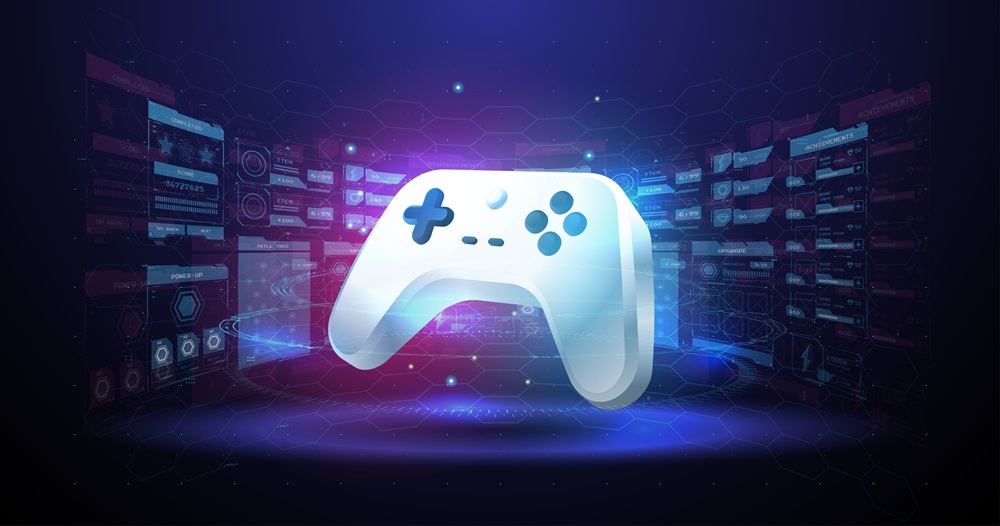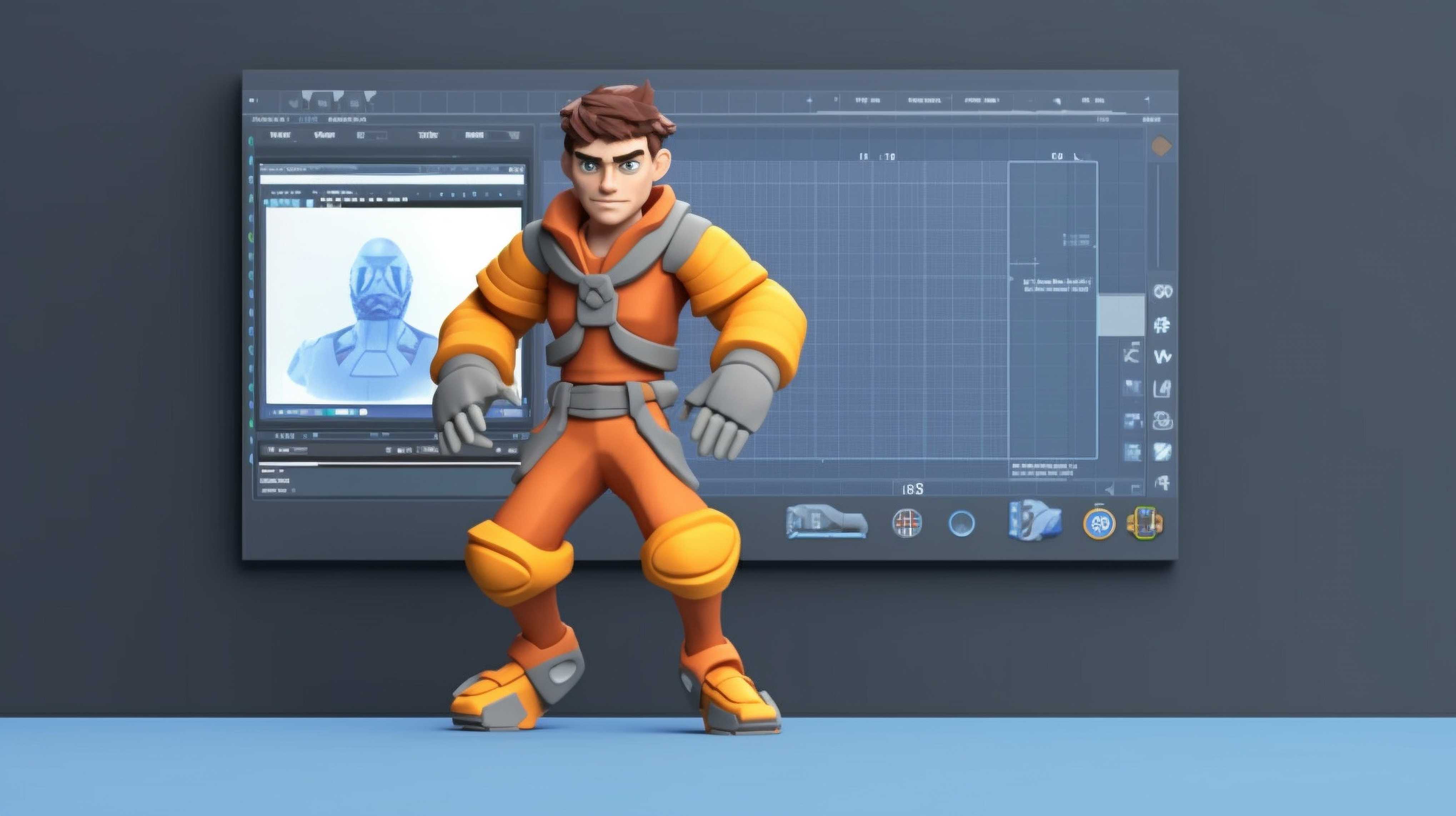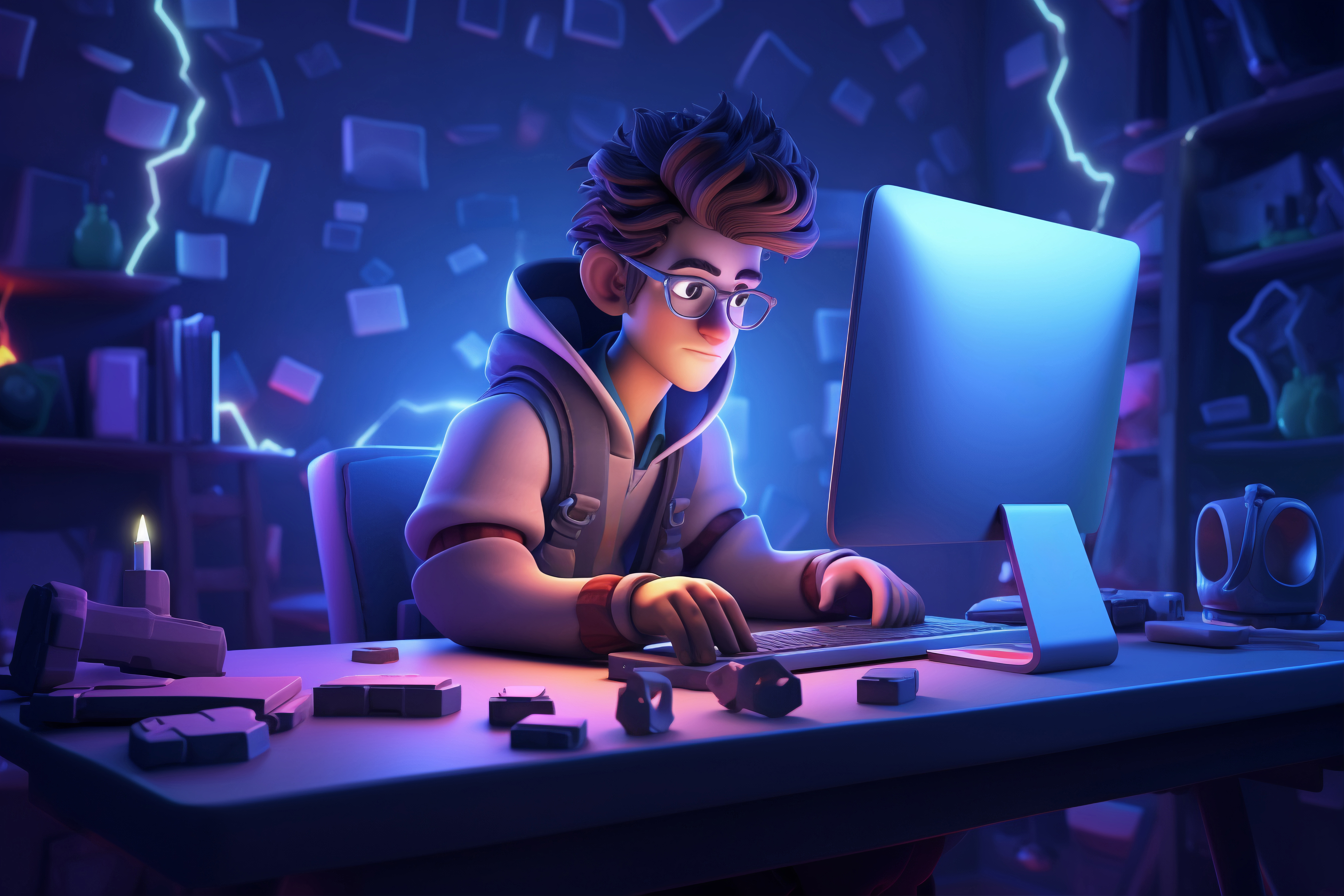Interest in game development as a career choice has grown significantly in the last decade. This mirrors the rise in platforms like YouTube and Twitch and the introduction of technologies like Unity, VR, and AR.
A critical detail for game developers in their work is game mechanics.
"What do the Numbers Tell Us?"
Parallel to interest in these careers, the game development industry showcases significant growth and revenue streams. In 2023, the global gaming industry reported revenue of $365.6 billion, with the video game sector projected at $214.2 billion.
Geographically, China leads the world in gaming revenue, followed by the USA and Japan ($45.8 billion, $45 billion, and $20 billion respectively).
- "The gaming industry is projected to grow to $545.98 billion in 2028 at a CAGR of 13.2% (from $229.16 billion in 2021). These figures are a sign of immense revenue potential and market dynamics with a diverse range of revenue sources from a diverse geographical landscape."
Fun fact: Dylan Sprouse, star of the popular sitcom The Suite Life of Zack and Cody, majored in video game design from NYU in 2015.
Getting back to game development, in this article we will demystify game mechanics, and showcase its types and benefits, so you can get started with your game developer journey.
What are Game Mechanics?
Game mechanics refer to the rules and processes that determine what a player can and cannot do in the game and what in-game actions have consequences.
Game mechanics change the outcome of the game, for example, rotating a block in Tetris. But the animation of that rotation has no real consequence and hence, it does not count as a game mechanic.
Similarly, the money’s representation in GTA is not game mechanics but spending that money is. Where you place the blocks in Minecraft (2011), how you use the portal gun in Portal (2007), and steering in Mario Kart (1992) are also game mechanics.
To get assistance in creating a game that’s unique, challenging, and fun, you will find a game development studio helpful.
Types of Game Mechanics
There are two ways of distinguishing game mechanics. First is the division into core, primary, and secondary mechanics:
1. Core Mechanics
Imagine if they removed the jump feature from Super Mario Bros (1985). There wouldn’t be much of a game left, would there? This is core mechanics. They are the foundational elements that dictate how a player interacts with the game and make the game unique.
Puzzle-solving in the Legend of Zelda (1988), Exploration in Dark Souls (2011), and farming in Stardew Valley (2016) are all fundamental to their respective gameplays.
2. Primary Mechanics
The primary mechanics support the core mechanics. They may not be essential to the gameplay but they add depth and complexity.
Examples include building mechanics in Fortnite (2017), car-based soccer in Rocket League (2015), and narrative choices in The Witcher 3: Wild Hunt (2015).
3. Secondary Mechanics
The secondary mechanics do not make any difference to the core gameplay loop but they do add flavor and variety. This can be in the form of mini-games, side quests, achievements, unlockable content, and cosmetic customization.
Examples include hunting in Red Dead Redemption 2 (2018), alchemy in The Elder Scrolls V: Skyrim (2011), vehicle customization in Grand Theft Auto V (2013), and bug catching & fossil hunting in Animal Crossing: New Horizons (2020).
Let us now look at the second classification (by components):
1. Rules: These refer to the constraints within which the player can act with the game. For instance, you can’t get off the track in a Mario Kart (1992) race but can in Speed Racer (2008).
2. Objectives: The objectives give purpose to the gameplay and direction to the player. Saving the princess from the dungeon or collecting coins are objectives.
3. Actions: These refer to the things a player can do within the game such as moving the character, attacking enemies, interacting with objects, and using items or abilities. This is achieved via button presses, mouse clicks, or touchscreen gestures.
4. Feedback: This is the consequence of the actions within the game and how they teach you to be a better player. This is done via visual indicators, auditory cues, textual messages, and changes to the environment.
5. Resource Management: This component refers to how you utilize items or abilities such as health, ammunition, currency, or energy in the gameplay.
That potion you saved for later but never used although now you think you should’ve? The struggle is real and made possible by the game’s mechanics.
6. Challenges: These are the difficulties that make the game interesting and keep the player engaged and motivated. They include environmental hazards, puzzles, enemy encounters, time constraints, or skill-based tests.
7. Progression: Similar to challenges, this component determines how the player advances in the game. Examples include mechanisms for unlocking new content, gaining experience points, leveling up characters, etc.
8. Balance: Game mechanics designers must ensure that the gameplay is fair and enjoyable. This can involve fine-tuning parameters such as difficulty levels, resource availability, enemy/NPC behavior, and player-character capabilities.
Benefits of Game Mechanics
 There are several advantages to well-made game mechanics and we present some of them here to help you understand its importance:
There are several advantages to well-made game mechanics and we present some of them here to help you understand its importance:
1. Engagement: Good game mechanics deliver immersive and engaging experiences that encourage players to continue investing their time and effort into the game.
2. Skill Development: As players interact with the game mechanics, it nurtures them to develop skills like strategic thinking, timing, precision, spatial awareness, hand-eye coordination, and resource management.
3. Replayability: Well-designed game mechanics directly improve a game’s replay value. With the addition of variable outcomes and experimentation, the game feels fresh even after multiple playthroughs.
4. Social Interaction: Game mechanics that drive cooperation and competition foster social interactions among players. This brings a sense of community and enhances the gaming experience.
5. Innovation: Visionary game mechanics make a game unique and help it stand out from the competition to draw in more players looking for a novel experience.
6. Inclusivity: Game mechanics that focus on adaptability create games that are accessible and enjoyable to a wide range of players, including those with disabilities.
7. Player Retention: Game mechanics that concentrate on making a game well-balanced, rewarding, and fun see higher rates of continuous play.
8. Player Agency: When game mechanics allow the players to control the choices and consequences for themselves, it creates greater emotional engagement.
Your Turn Now
Game development as a career choice is becoming popular and promises growth opportunities for individuals from a diverse background in education and interests.
As a budding game mechanics designer, you now have a better understanding of this domain and can begin using platforms like Unity or Unreal Engine, etc. to develop your own games and create a game design document (a compendium and reference for the game mechanics you develop). Whether it’s mobile games, AAA games, or VR games, go ahead and start creating.
At EDIIIE, we have the required experience and expertise to support your game development process, no matter the platform. We can help!










